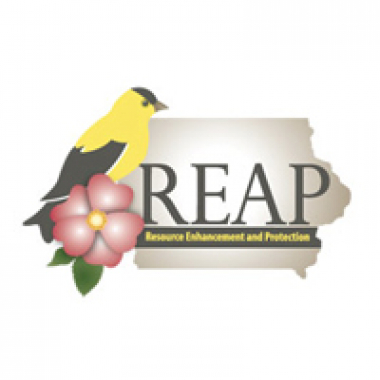Karst Topography & Spring-Fed Waterfalls
Grannis Creek falls is a moderate-sized, spring-fed stream in the karst topography of the Driftless Region of northeast Iowa. It is a dramatic example (for Iowa) of fractured bedrock creating cool spring fed streams characteristic of the Driftless landscape.
Fayette County
Iowa Core Standard
HS-ESS2-2
Analyze geoscience data to make the claim that one change to Earth's surface can create feedbacks that cause changes to other Earth systems
Driving Question
- Where is the water coming from?
Probing Questions
- How does the area of the spring differ from the surrounding landscape?
- Why is the spring area so different looking from the rest of the hillside?
- How could events at the top of the hill impact the water we see coming out here?
- What needs to happen within the ground to allow this phenomena to occur?
- Why are Iowa's trout streams found in northeast Iowa?
- How does this spring help keep trout alive, when they won't survive in other parts of the state?
Classroom Suggestions
Students could:
- Begin investigation in geologic concepts including bedrock formations, chemical weathering of rocks, cave formation.
- Determine the relationship between karst topography and ground water.
Resources
- Karst and Water Pollution Lesson Plans: PDF file produced by the state of Minnesota with several lessons about Karst topography. Many are written for grades 6-8, but they could be adapted for other levels.
- Iowa Heritage Foundation | Get Hooked on Iowa's Trout: Short article describing the necessary habitats for trout and where those habitats can be found in Iowa.
- Iowa DNR Trout Fishing Map: This interactive map shows the location of Iowa's trout fishing streams located in northeast Iowa. A direct comparison of karst topographic areas.
Contributors
Submitted by Craig Hemsath.
Funding for Iowa Science Phenomena Provided By









